Filter by
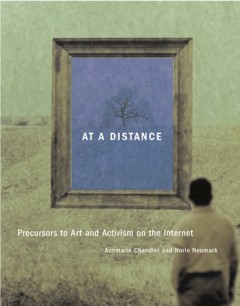
At a Distance: Precursors to Art and Activism on the Internet
The theory and practice of networked art and activism, including mail art, sound art, telematic art, fax art, Fluxus, and assemblings. Networked collaborations of artists did not begin on the Internet. In this multidisciplinary look at the practice of art that takes place across a distance—geographical, temporal, or emotional—theorists and practitioners examine the ways that art, activis…
- Edition
- -
- ISBN/ISSN
- 780262270144
- Collation
- -
- Series Title
- -
- Call Number
- -

How Images Think
The transformation of images in the age of new media and the digital revolution. Digital images are an integral part of all media, including television, film, photography, animation, video games, data visualization, and the Internet. In the digital world, spectators become navigators wending their way through a variety of interactive experiences, and images become spaces of visualization wit…
- Edition
- -
- ISBN/ISSN
- 9780262269568
- Collation
- -
- Series Title
- -
- Call Number
- -

Machine Musicianship
Musicians begin formal training by acquiring a body of musical concepts commonly known as musicianship. These concepts underlie the musical skills of listening, performance, and composition. Like humans, computer music programs can benefit from a systematic foundation of musical knowledge. This book explores the technology of implementing musical processes such as segmentation, pattern processi…
- Edition
- -
- ISBN/ISSN
- 9780262256896
- Collation
- -
- Series Title
- -
- Call Number
- -

The Psychology of Art and the Evolution of the Conscious Brain
How did the human brain evolve so that consciousness of art could develop? In The Psychology of Art and the Evolution of the Conscious Brain, Robert Solso describes how a consciousness that evolved for other purposes perceives and creates art. Drawing on his earlier book Cognition and the Visual Arts and ten years of new findings in cognitive research (as well as new ideas in anthropology and a…
- Edition
- -
- ISBN/ISSN
- 9780262284059
- Collation
- -
- Series Title
- -
- Call Number
- -
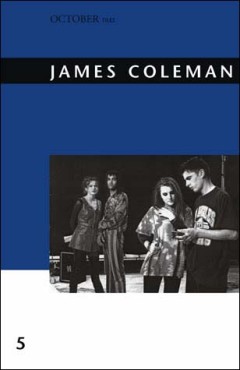
James Coleman
Illustrated critical essays on the work of artist James Coleman. James Coleman has emerged in recent years as one of the most important artists of visual postmodernism. His work has transformed critical debates about the status of the image in contemporary culture and influenced an entire generation of younger artists in ways that have not yet been fully acknowledged. Until recently, Coleman…
- Edition
- -
- ISBN/ISSN
- 9780262267601
- Collation
- -
- Series Title
- -
- Call Number
- -

Microsound
Below the level of the musical note lies the realm of microsound, of sound particles lasting less than one-tenth of a second. Recent technological advances allow us to probe and manipulate these pinpoints of sound, dissolving the traditional building blocks of music—notes and their intervals—into a more fluid and supple medium. The sensations of point, pulse (series of points), line (tone),…
- Edition
- -
- ISBN/ISSN
- 9780262282444
- Collation
- -
- Series Title
- -
- Call Number
- -
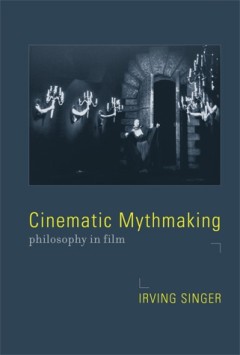
Cinematic Mythmaking: Philosophy in Film
Mythic themes and philosophical probing in film as an art form, as seen in works of Preston Sturges, Jean Cocteau, Stanley Kubrick, and various other filmmakers. Film is the supreme medium for mythmaking. The gods and heroes of mythology are both larger than life and deeply human; they teach us about the world, and they tell us a good story. Similarly, our experience of film is both distant …
- Edition
- -
- ISBN/ISSN
- 9780262283694
- Collation
- -
- Series Title
- -
- Call Number
- -
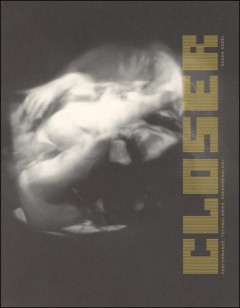
Closer: Performance, Technologies, Phenomenology
As our computers become closer to our bodies, perspectives from phenomenology and dance can help us understand the wider social uses of digital technologies and design future technologies that expand our social, physical, and emotional exchanges. In Closer, Susan Kozel draws on live performance practice, digital technologies, and the philosophical approach of phenomenology. Trained in dance …
- Edition
- -
- ISBN/ISSN
- 9780262277563
- Collation
- -
- Series Title
- -
- Call Number
- -
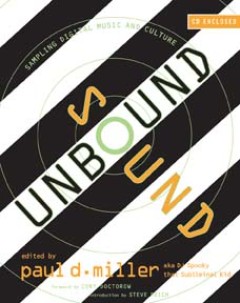
Sound Unbound: Sampling Digital Music and Culture
The role of sound and digital media in an information-based society: artists—from Steve Reich and Pierre Boulez to Chuck D and Moby—describe their work. If Rhythm Science was about the flow of things, Sound Unbound is about the remix—how music, art, and literature have blurred the lines between what an artist can do and what a composer can create. In Sound Unbound, Rhythm Science autho…
- Edition
- -
- ISBN/ISSN
- 780262288170
- Collation
- -
- Series Title
- -
- Call Number
- -
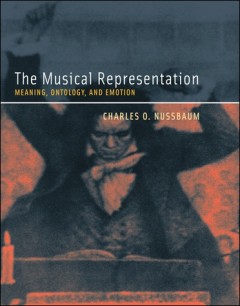
The Musical Representation: Meaning, Ontology, and Emotion
A naturalistic philosophical theory of musical representation that argues that important varieties of experience afforded by Western tonal art music since 1650 arise through the feeling of tone, the sense of movement in musical space, cognition, emotional arousal, and the engagement, by way of specific emotional responses, of deeply rooted human ideals. How human musical experience emerges f…
- Edition
- -
- ISBN/ISSN
- 9780262290784
- Collation
- -
- Series Title
- -
- Call Number
- -
 Computer Science, Information & General Works
Computer Science, Information & General Works  Philosophy & Psychology
Philosophy & Psychology  Religion
Religion  Social Sciences
Social Sciences  Language
Language  Pure Science
Pure Science  Applied Sciences
Applied Sciences  Art & Recreation
Art & Recreation  Literature
Literature  History & Geography
History & Geography